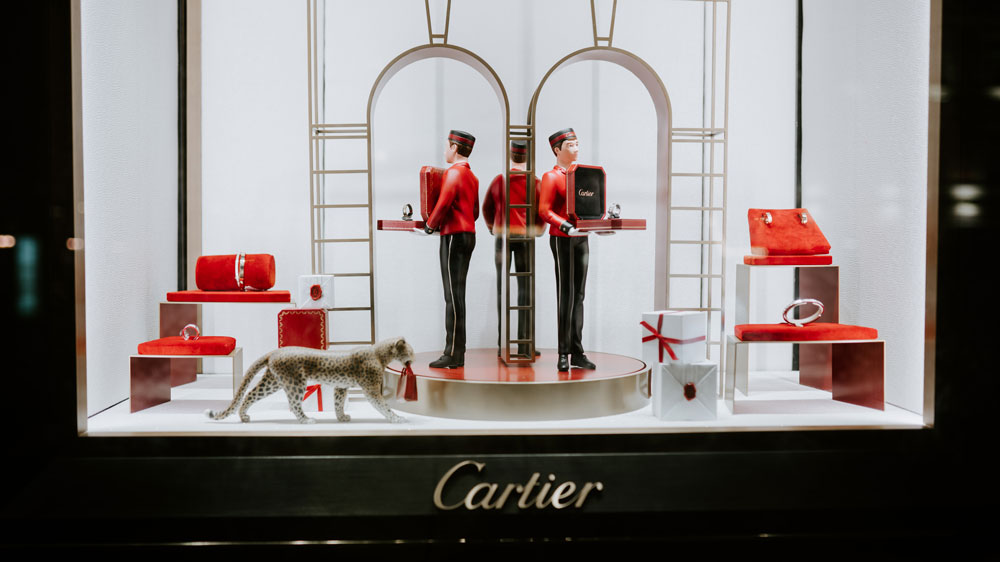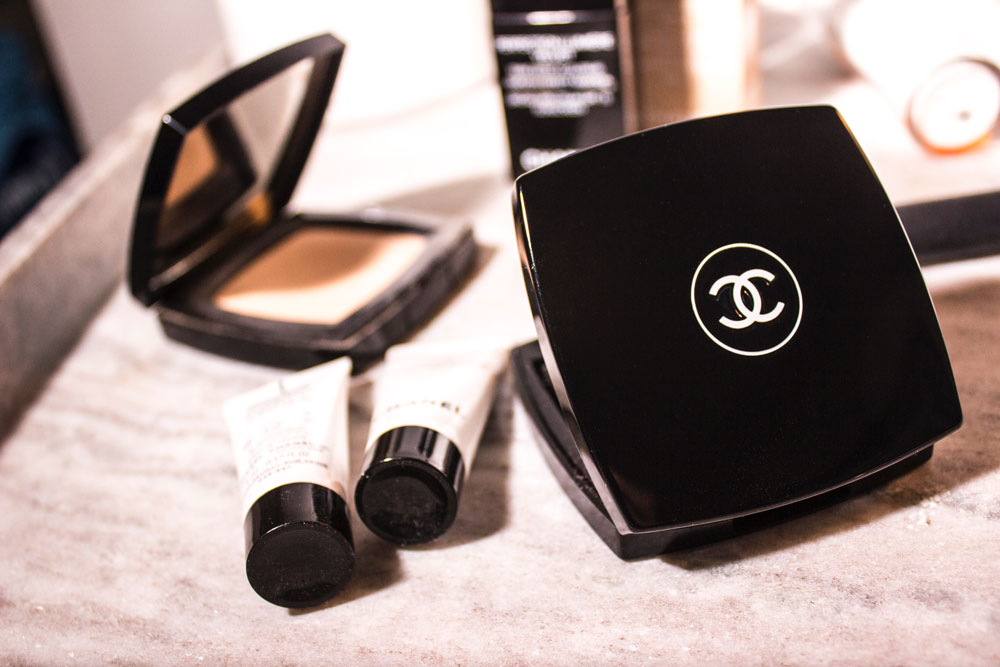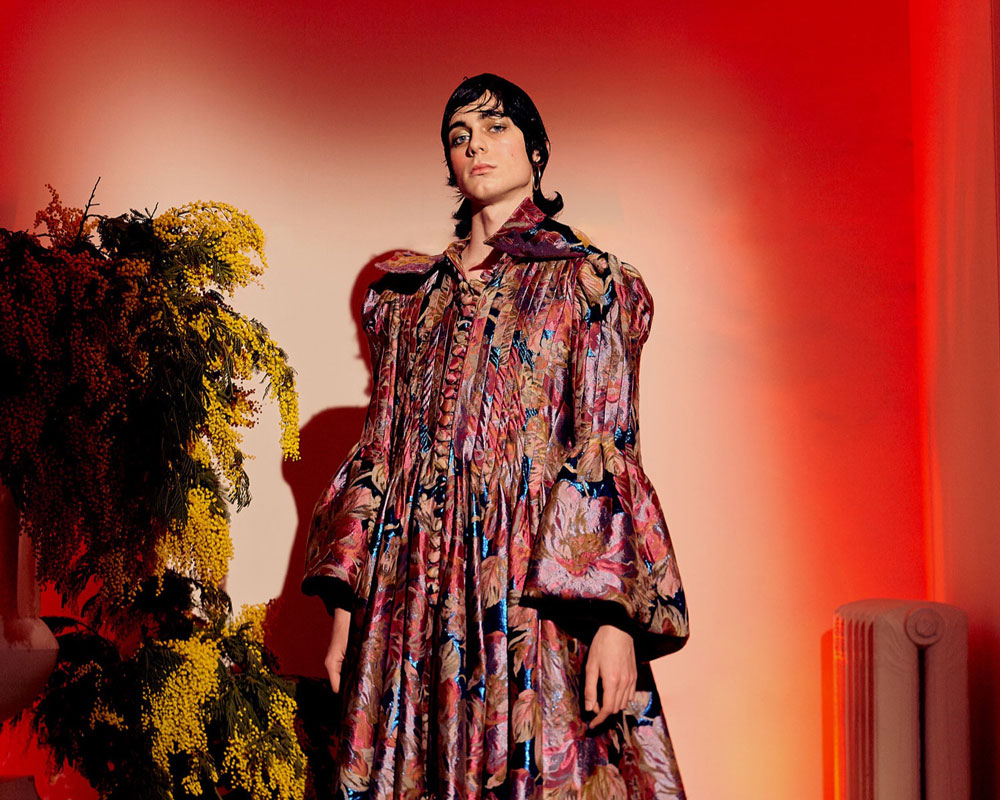With the advent of a new decade, the Indian luxury industry is seeing lucrative avenues as the world changes rapidly, and extremely uniquely. We mention 10 trends that will drive the Indian luxury market in 2020.
By: Abhaya Gupta, Founder & CEO – Luxury Connect | Advisor & Mentor to Luxury Brands | Professor of Luxury Management | Speaker | Author | Mentor | Certified Marshall Goldsmith Coach

The socio-economic-political gloom all over the world paints a not-so-rosy picture at the end of a cold and wintry 2019. However, the rich continue to spend, and the personal luxury goods market continues to grow at 4%. This, irrespective of disturbances in Hong Kong, the Brexit reality, the possible impeachment of Donald Trump and the Modi government facing its worst ever crisis since it return to power for a second term.
In such a depressive scenario laced with geo-political uncertainties and fears of recession, is there hope for India’s luxury industry? Will the Indian rich continue to spend? How should a luxury brand prepare itself for not only survival but a growth trajectory?
There is no doubt that the Indian luxury opportunity clearly looms large and attractive. However, considering the cultural diversity, the geographic divide, the challenging environment and other technicalities, a luxury brand would do well to take note of the key performance drivers currently prevalent in India.

1. The Inverted Pyramid Phenomenon is Peaking
With the millennials and Gen Z seeking authenticity over brand name, the true mix and match culture is at its peak. With luxury brands trading down and high street fashion brands trading up, the trend is an amalgamation of the two. It is quite common to see the stylist effortlessly showcasing an expensive hand bag or shoe with a Marks & Spencer’s or even a Zara dress.
2. Reusable Luxury is not a Taboo Any More
From cars to watches to fashion and accessories, the new luxury consumer is preferring to buy a pre-owned highly positioned luxury product over a new product from the lower level of a luxury brand. Clearly, democratised luxury lines are facing the heat from their own higher ups. Names like Big Boy Toyz (an Indian company selling pre-owned luxury cars from brands such as Audi and Aston Martin) have created history by clocking unheard of sales via their online mediums.

3. Beauty & Skincare are Driving Luxury Sales
The wellness transformation of the luxury beauty and skincare market has taken a major leap with emergence of South Korea as a leader. Have the Koreans discovered the elixir of youth, or is it all just a marketing puff? The advent of Tik Tok celebrities from smaller towns drawing instant fame to almost cult positions is driving the small town India towards a look good phenomenon. While the likes of H&M, M&S and Zara bring fast fashion to small towns, it’s the beauty business which is laughing all the way to the bank. After all, you can’t rent a lipstick can you?
4. The Rainbow Bridge
With the clearance of Article 377 in India, an open arm acceptance of the LGTBQ community is being celebrated all over. Fashion is more universal and gender neutral, make up is following and so is jewellery.

5. The Lazy Generation
Digital assistants driven by remote devices are now being discarded and replaced by voice activated assistants. No longer does the generation want to lift even a finger, but uses his voice to command devices. And technology surely is aiding this lazed out approach. From TVs to air conditioners to cars to phones, all seem to respond to his masters’ voice!
6. Wanderlust Drives Micro Vacations
The desire to see more, explore more, share more and post more is driving youngsters to locate, experience and wander to unchartered locations. Mini vacations replace month long family holidays. Weekend trips see hordes of SUVs driving to remote locations for a micro break.

7. Time & Clean Air are the New Luxury
With traffic and environment conditions deteriorating, new models of work, living and entertainment are emerging. With a customer’s time being at a premium, anything which can help save time is preferred. A new trend towards home delivery, home shopping, and home entertainment is creating a new economy. The gig economy, the zero distance retail and entertainment hub real estate projects are fast catching trends.
8. Emergence of the ‘Seenager’ Consumer
With more and more brands focusing on the young, a newer breed of products are seen to quietly target the ageing baby boomers. Aptly coined as ‘seenagers’, this cohort has the money to spend, is knowledgeable, patient and willing to experiment unlike his forefathers. Special living homes, assisted travels, curated holidays and service at the snap of you finger are being designed and offered to this consumer. And yes, the elders are simply loving it!

9. Affordable Luxury is the Segment to be in
A strong case exists for catering to first-time luxury buyers who have recently seen a rise in their disposable incomes. Thanks to 4G, they now have access to cheap and fast internet via smartphones. With sophisticated tastes and awareness of international trends, this affluent demographic wants better goods and services which the luxury industry is primed to offer, starting first with fast brands such as Uniqlo, M&S, H&M and Zara.
10. The rise of the ‘fit’ customer
Another mega-trend is fueling the demand in active wear and sportswear. Worldwide, there is a cultural shift towards sports, which includes running, as part of a growing emphasis on fitness, especially among the urban population. Technology is getting integrated as part of wearable. There are smart clothing items in the market with embedded health sensors and medical monitors. Outside of apparel too, fitness wearables that sync to smartphones have gone mainstream.
The above forecast is partly credited to the yet to be released book ‘The Incredible Indian Luxury Bazaar’, authored by Abhaya Gupta.
